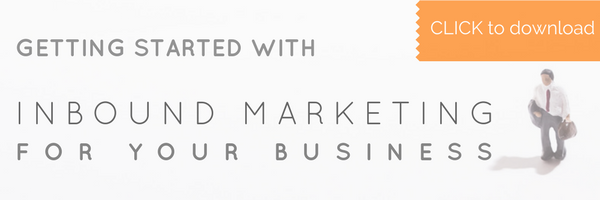Bouncing USED to be so much fun...
If you're a sales leader, you know doubt have a sincere interest in finding new, innovative ways to generate more revenue. It doesn't matter if your teams are breaking records or hitting all time lows. More is better in your world, and that's all there is to it.
So, being the shark that you are (no doubt you were a top performer when you sat in the sales desk), you're out there hunting for the next greatest innovation in sales.
And on your quest to find the next feeding frenzy, you've no doubt come across terms like SEO (what is SEO?), keywords, bounce rate, and social selling. But what does it all mean? And how can any of those things impact your objectives?
What is bounce rate?
"Bounce rate" simply refers to the rate at which visitors leave your website before taking any action. In other words, they are one-page visitors.
For a more in-depth description from the mouth of the Google gods themselves, click HERE.
What is a good bounce rate for b2b?
This largely depends on the type of business you're in, as well as your end-game objectives. 60% is a good goal for b2b companies that have a longer sales cycle (30+ days), but it could be more or less depending on how involved your website is with the sales process.
It could also be greatly impacted by low traffic volumes. For example, if your site only gets 300 visits per month, but a big chunk of that is from your actual sales teams themselves, the bounce-rate will be skewed.
Why is it important to my sales objectives?
A good website can be leveraged throughout the sales process. There are two important roles that your website fulfills:
- For cold-calling, it can be used to establish credibility
- It can also generate your best leads
Higher bounce rates actually have a lot of implications that impact you directly - here are a couple that tend to resonate with sales leaders:
- When your sales teams use it to establish credibility, if there is nothing that draws them further into the site, it's actually doing very little to accomplish what they're trying to accomplish - it really just echoes their pitch, and most visitors are going to be turned off by that. If they're leaving without clicking, that's them telling you that they aren't impressed.
And when you get that precious contact, the last thing you or anybody wants is to kill momentum with a brochure-style website (ie - a website that doesn't actually generate sales or leads on its own). - Google doesn't like bouncy sites. Therefore, it's going to be hard to get any leads out of it if Google doesn't increase your traffic over time.
- Good customers are looking for solutions to the problems you solve online. But they're not just looking for ads; they're looking for education. Higher bounce rates mean that your website is missing fantastic opportunities to educate your visitors on the subjects you know best.
Looking for other ways to align sales & marketing?
Who says I want leads from my website?
Most of you probably dread when you DO get a lead from your website generated through the "contact us" form. They're usually a waste of time, aren't they?
I was in b2b sales for a decade prior to starting my marketing firm, and I always remember how excited the marketing team or management would get when a lead would come in this way... And they would HOUND us to make sure we properly vetted and closed them.
But they're usually nothing more than tire-kickers, aren't they? And everybody ends up disappointed just before the blame-game kicks in.
I'm going to let you in on a little secret... Those aren't the kinds of leads I'm talking about. What I'M referring to are leads who give you their contact information (and permission to market to them) in exchange for valuable information or tools that you offer on your website.
People are a lot more savvy today than they were 10 years ago. They're using Google to diagnose their problems WAY before they use it to find solutions. 90% of your website's visitors aren't ready to buy when they first arrive, and they won't be until they are further educated.
So, instead of offering only two portals for lead generation (blog sign-up and the contact us now form), you can create limitless opportunities for conversion, and now when your teams call, they're speaking to somebody who is raising their hand, asking for help in understanding their challenges.
That's a much more productive conversation, isn't it? It allows your people to actually serve prospects as business consultants, which is always the goal, from what you're all telling me.
If you're just getting started with Inbound Marketing, this handy guide should help:



